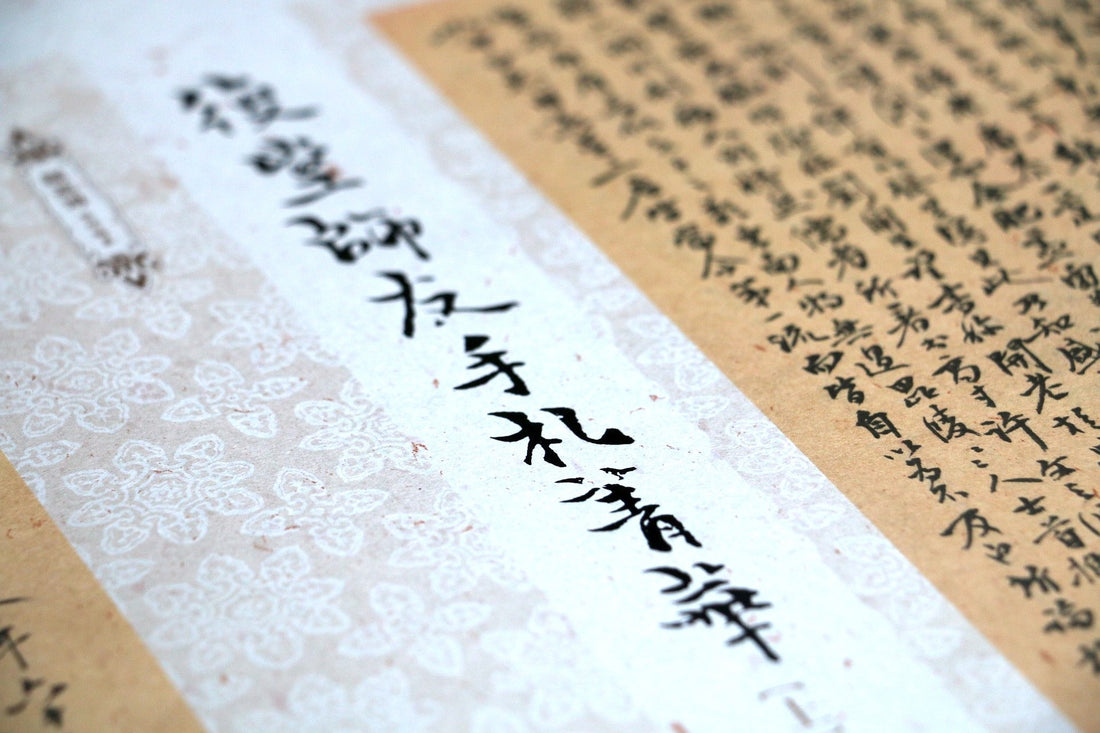Writing and Pronouncing Hokkien
Last Updated: • PublishedBeing a primarily spoken language with various dialects, Hokkien has no standard, universal romanization across the regions it is spoken. Perhaps its most widely accepted romanization is Pēh-ōe-jī (POJ), which was developed by Western missionaries.

The use of POJ is not common outside of Taiwan, and there have been numerous attempts to romanize the language.
One main problem in proposing a standard romanization of Hokkien is accounting variations of the language. Although different dialects of Hokkien are often mutually intelligible, tone and pronunciation variations can cause standardization to be a challenging issue.
But it's also good to keep in mind that Hokkien dialects often co-exist and you need not learn a single variant exclusively. For instance, in Taiwan, the Amoy, Quanzhou, and Zhangzhou variants co-exist and many subdialects in different counties lie on the spectrums shared amongst these three major dialects. Whatever the case, acknowledging the different variants of Hokkien may in turn expand your Hokkien knowledge for the better.
POJ may be suitable for use with Amoy and Quanzhou Hokkien, but it may not accommodate other variants of Hokkien very well. This website proposes a variant of romanization with elements similar to POJ. It will be used consistently in this website, and in developing it, I maintained a few considerations:
- For it to be as close as possible to POJ, an existing Hokkien romanization.
- For it to be as close as possible to International Phonetic Alphabets (IPA), a standardized international phonetic notation to represent sounds of a language.
- For it to be as simple as possible, meaning the use of as few characters as possible to represent a sound. For instance, this website proposes the use of ch instead of chh (which is used in POJ).
- For it to be as easily typeable as possible, meaning the characters can be typed on a standard English keyboard without the need to set up another. For instance, this website proposes the use of o: instead of o͘ like in POJ (if the character o͘ is unclear, it is an o with a dot on its top right side)
In the first columns of the tables below are the romanized characters of Hokkien that will be used consistently in this website. I have provided an IPA transcription of the characters, with English approximations of their pronunciations. I have also added a POJ column as a point of comparison of the romanizations. Most importantly, I have audios!
Vowels
| Vowels | IPA |
English Approx. |
Hokkien Examples | POJ |
|---|---|---|---|---|
| a | [a] | art | áng 'red' | a |
| i | [i] | eerie | īn 'to respond' | i |
| u | [u] | oolong | ut 'to iron' | u |
| e | [e] | end | sē 'small' | e |
| e: | [ɛ] | sell | sè: 'thrifty' | eⁿ |
| o | [o] | own | so 'to rub' | o |
| o: | [ɔ] | song | sò:ng 'nice' | o͘ |
Consonants
| Consonants | IPA |
English Approx. |
Hokkien Examples | POJ |
|---|---|---|---|---|
| b | [b] | bun | bān 'slow' | b |
| c | [cɕ] | - | cān 'storey' | ch |
| g | [ɡ] | go | gáu 'smart' | g |
| h | [h] | how | hāu 'filial piety' | h |
| j | [ɟʑ] | jug | jak 'mark' | j |
| k | [k] | skate | kak 'with' | k |
| l | [l] | lye | lái 'to come' | l |
| m | [m] | my | māi 'do not want' | m |
| n | [n] | now | nàu 'brain' | n |
| p | [p] | spa | pau 'to wrap' | p |
| s | [s] | sunk | sang 'pair' | s |
| t | [t] | stun | tāng 'heavy' | t |
Aspirated Consonants
| Aspirated Consonants | IPA |
English Approx. |
Hokkien Examples | POJ |
|---|---|---|---|---|
| ch | [cʰ] | chai | chai 'to guess' | chh |
| kh | [kʰ] | khaki | khai 'to spend' | kh |
| th | [tʰ] | Thai | thai 'overly' | th |
| ph | [pʰ] | pie | phai 'to take a photo' | ph |
Syllabic Consonants
A syllabic consonant is consonant that can form a syllable on its own.| Syllabic Consonants | IPA |
English Approx. |
Hokkien Examples | POJ |
|---|---|---|---|---|
| m | [m̩] | rhythm | m 'not' | m |
| ng | [ŋ] | song | sn̄g 'to count' | ng |
